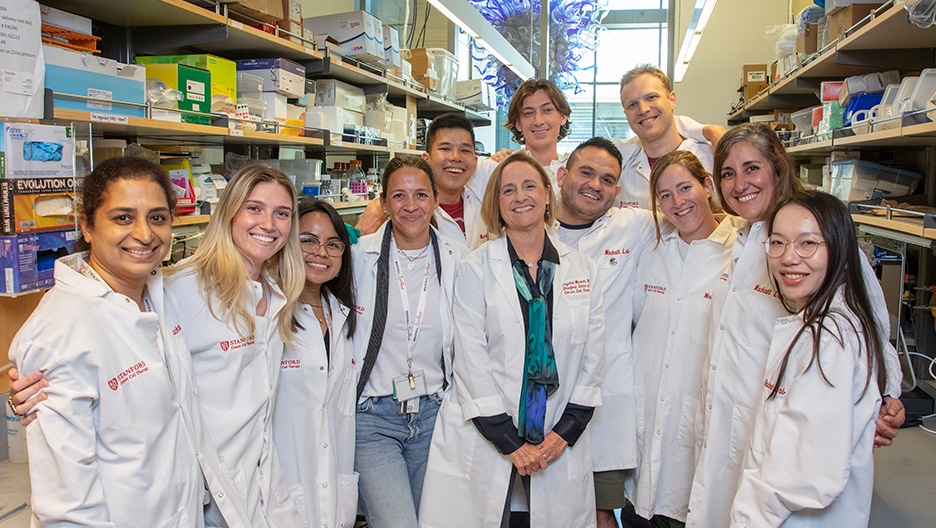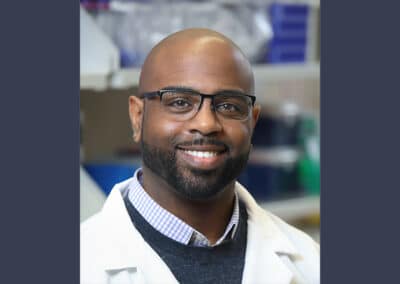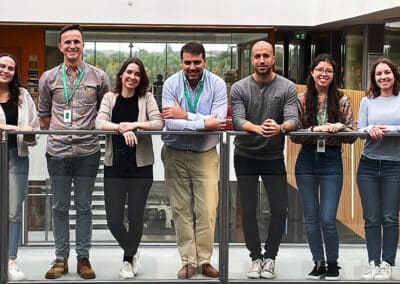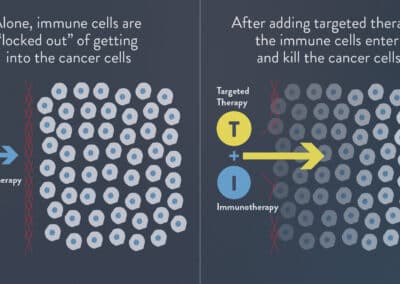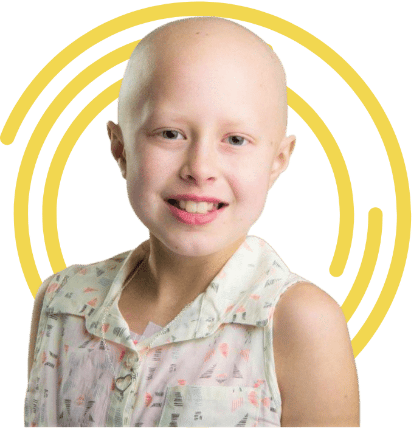While drug therapies for adult cancers like breast cancer and lung cancer have improved over the last few decades, advancement in pediatric cancer medicine has been slow, says Crystal Mackall, MD, the Ernest and Amelia Gallo Family Professor and Professor of Pediatrics and Medicine at Stanford University.
“You see the advertisements on television of a grandma out with her grandkids, rowing in a canoe on her medication for triple negative breast cancer. On the advertisements for pediatric cancer, you still see children linked up to IV poles with bald heads,” says Dr. Mackall. In fact, treatments for osteosarcoma, a bone cancer that primarily affects children and adolescents, are as limited as they were 35 years ago.
Dr. Mackall, a leading expert in cancer cell therapy, spoke with The Frontline to explain why solid tumor immunotherapy for osteosarcoma has been challenging and to share about promising immunotherapies in the pipeline.
